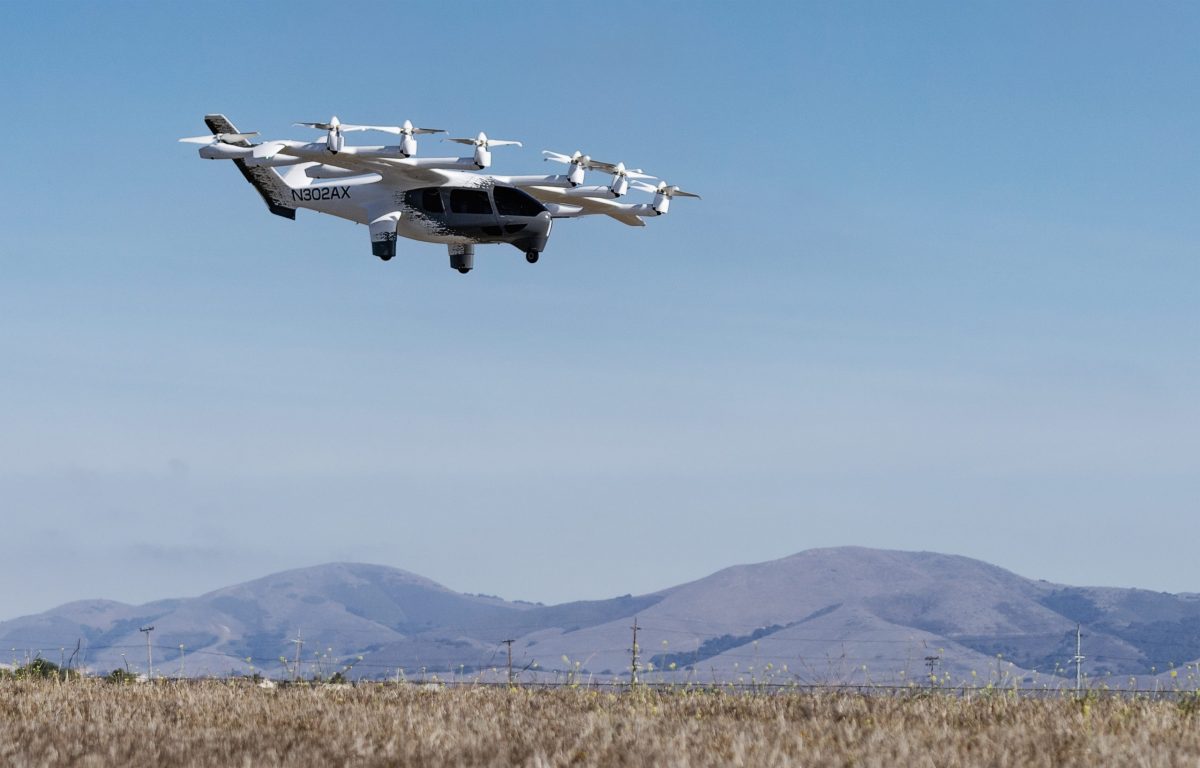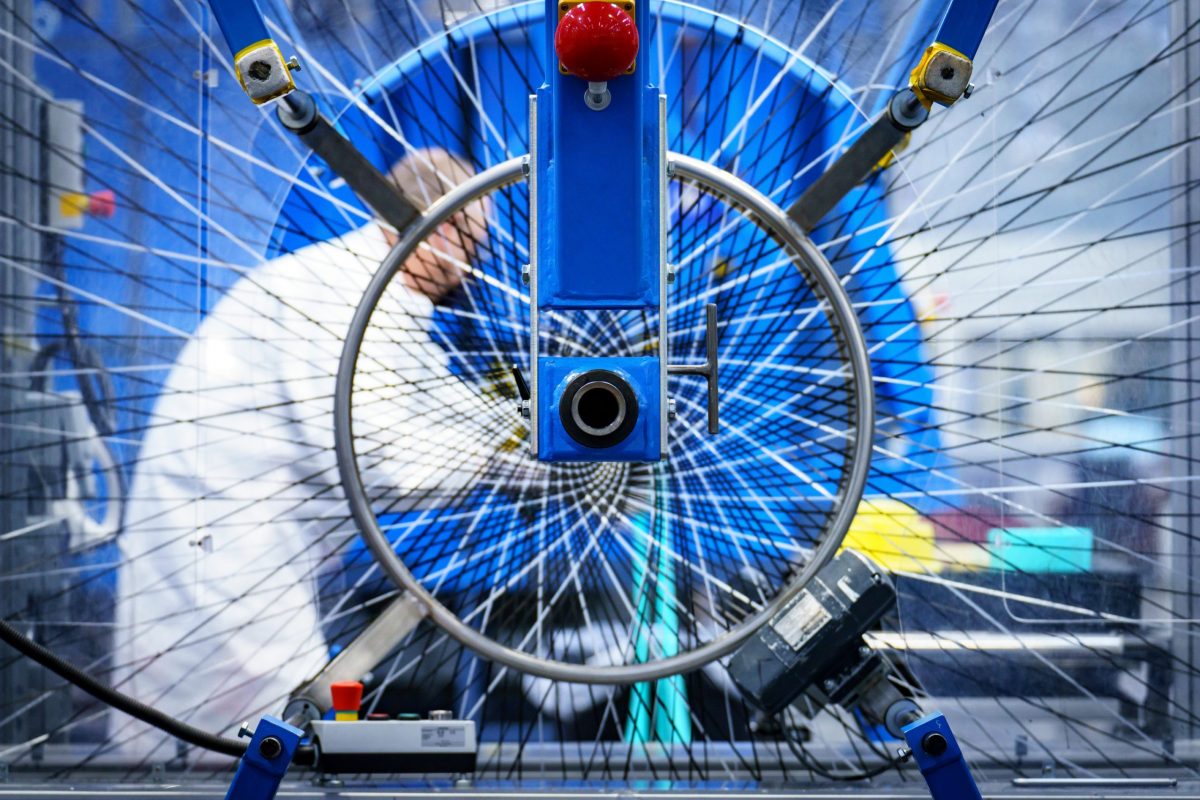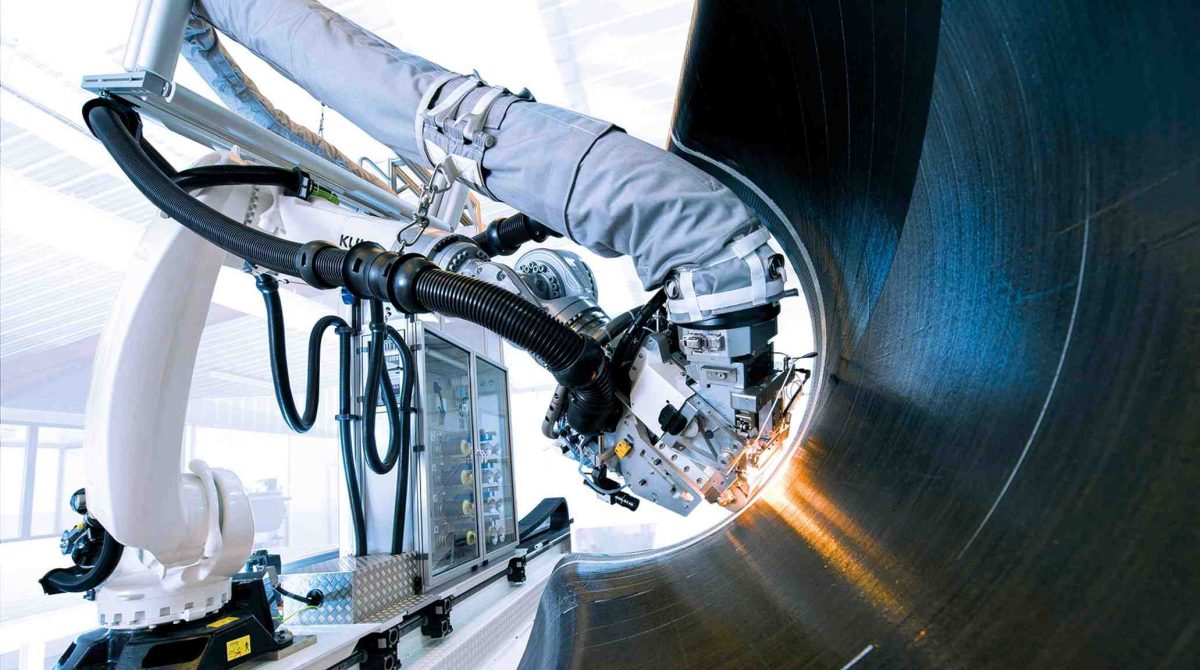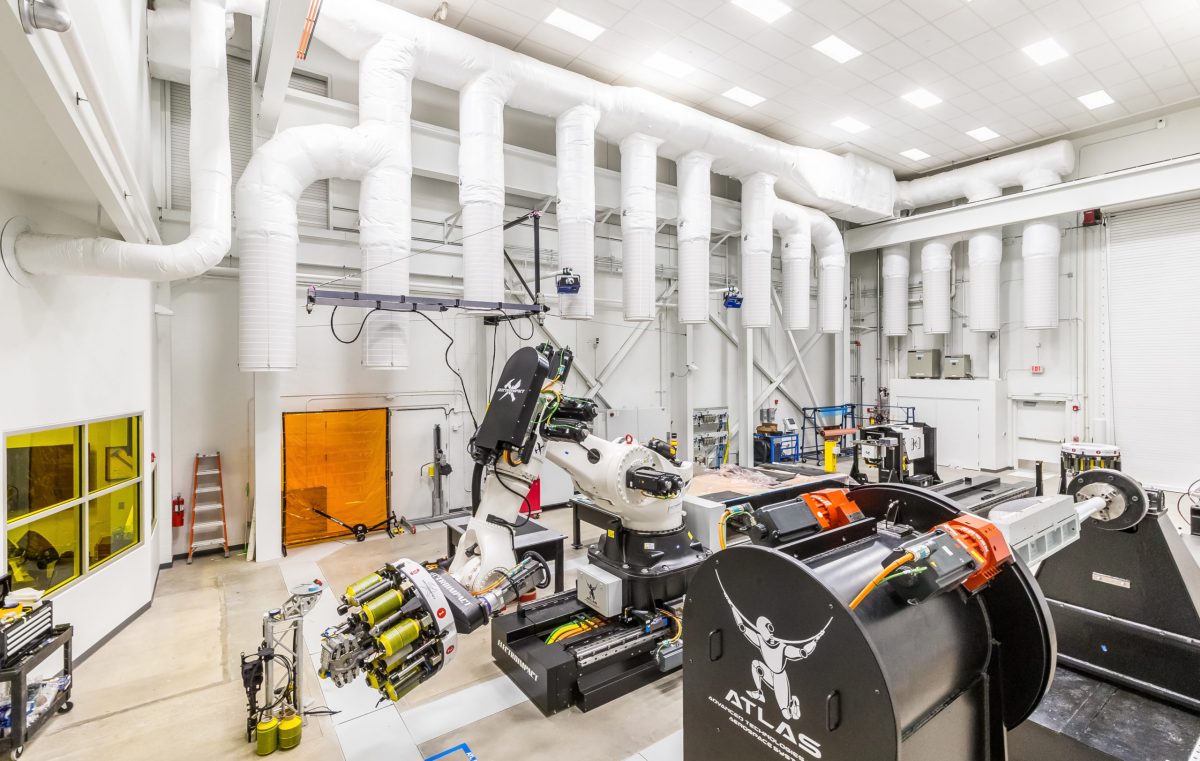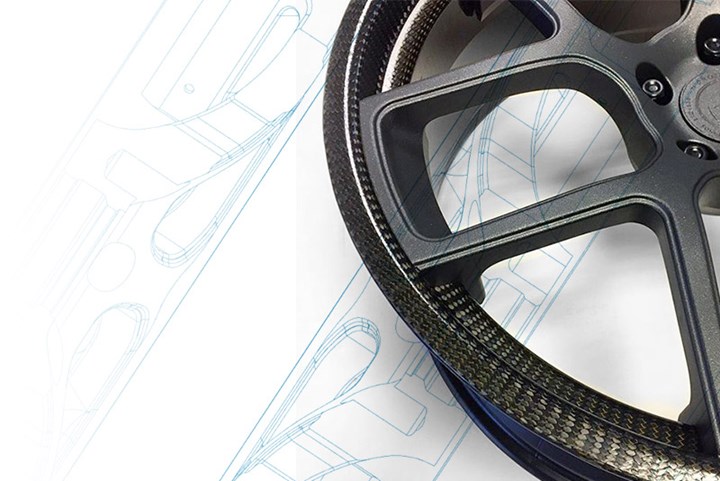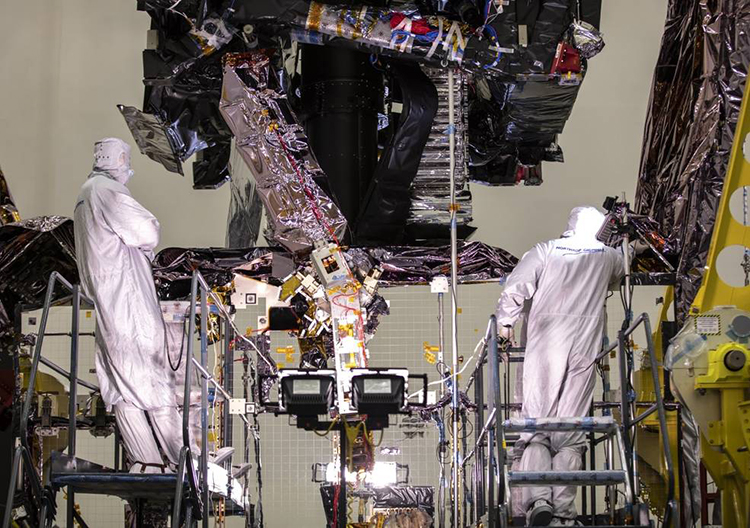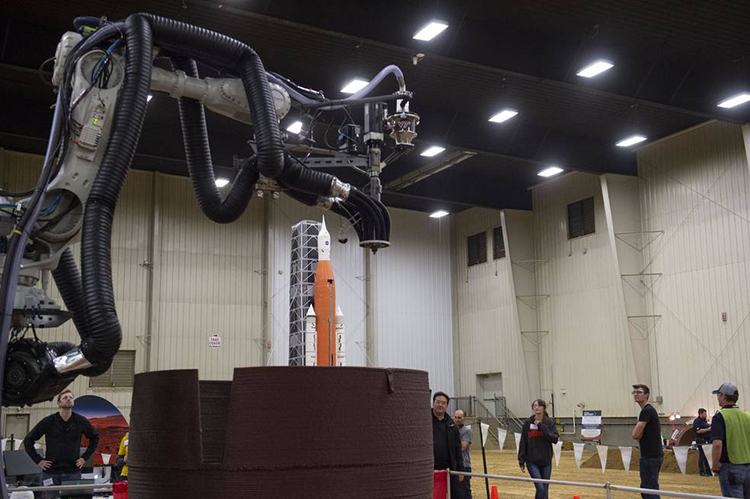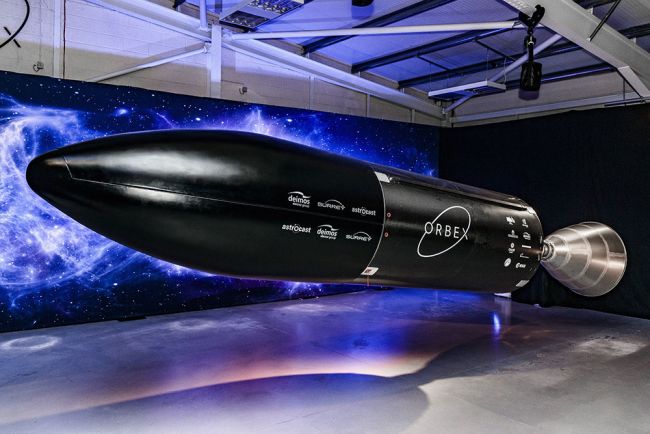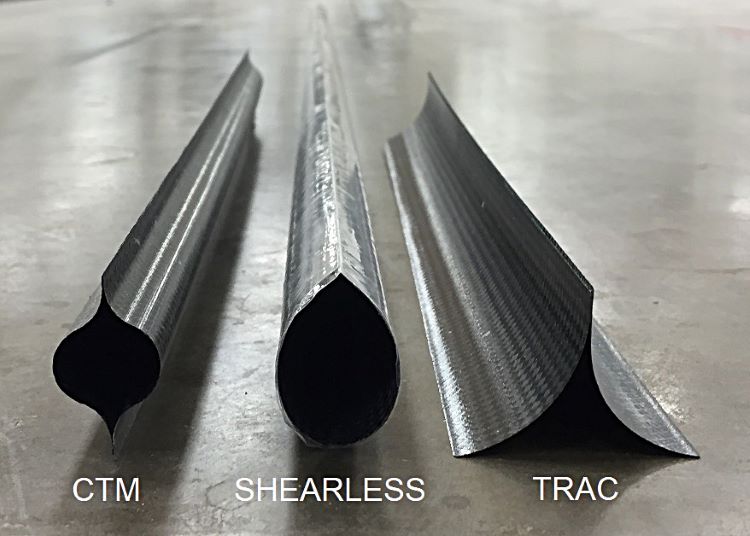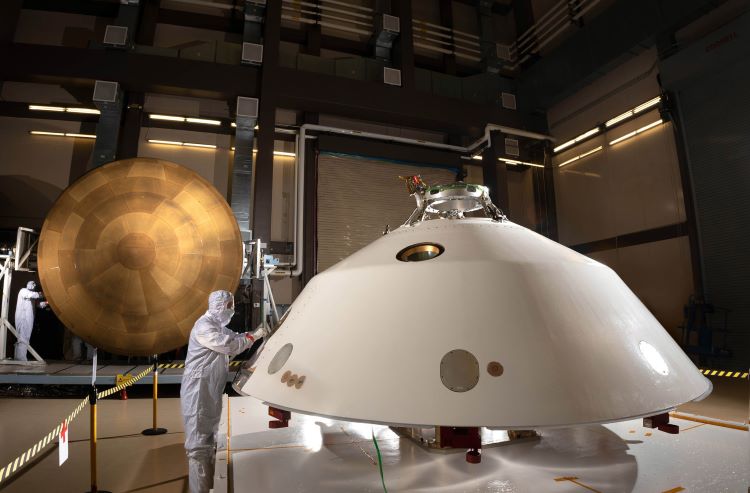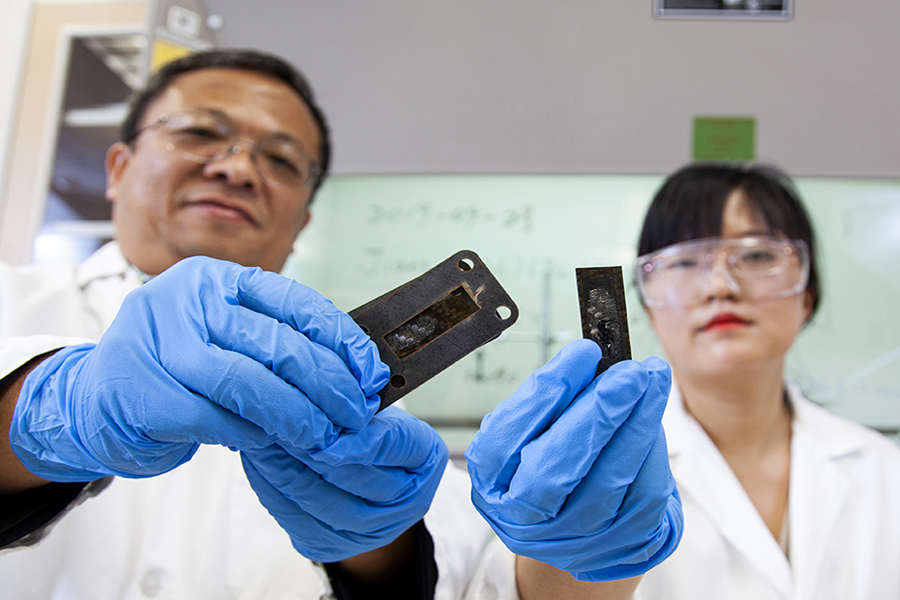

Airbus Notes Commitment To Sustainability At CAMX General Session Keynote
CAMX 2020’s General Session on September 22 looked a bit different this year, as the conference went virtual due to COVID-19. It’s no secret that the pandemic has changed the way we live and work – and things are no different at airliner manufacturer Airbus.
“Many things have changed in the last nine months for all of us,” said Isabell Gradert, CAMX 2020’s General Session Keynote Speaker. Gradert serves as the Material Fast Track Leader at Airbus and general advisor for materials technology to the CTO. Throughout the pandemic, Airbus has used their aircraft to collect masks from China, help bring citizens back home, and transport patients, Gradert told attendees.
COVID-19 may have changed things for Airbus, but it hasn’t changed their mission to pioneer more sustainable aerospace. “We believe there will be no industry profit without climate protection,” Gradert said. “Preserving our planet is not a ‘nice to have’ but rather a prerequisite for sustainable growth of the aviation industry.”
Gradert also pointed to the organization’s track record on reducing CO2 emissions: since the 1970s, Airbus has been able to reduce these emissions by 80%. The Airbus A350 offers a 25% reduction in fuel burn and the A320 offers a 20% reduction.
But Airbus doesn’t plan to stop there. Airbus recently announced plans to be the world’s first aircraft manufacturer to bring to market a zero-emission aircraft by 2035. One way that Airbus plans to achieve this goal is through the use of Hydrogen. “Hydrogen is one of the most promising technology pathways toward climate-neutral flight because of several reasons,” Gradert said. She offered three examples:
- Hydrogen has high energy density that is nearly 3x superior to jet fuels
- Hydrogen emits no CO2 if generated from renewable energy
- The cost of hydrogen is projected to significantly decrease
Hydrogen isn’t the only pathway to success for Airbus. Composites and advanced materials will also play a key role, Gradert noted. “To keep flying economically viable, aircraft needed to be more fuel effect,” she said. “And to be more fuel efficient, they needed to weigh less. This leads to the significant increase in the use of composite materials.”
Pointing to CFRP, Gradert explained that the material’s popularity with aircraft design engineers is not only because of fatigue/corrosion resistance and extended service life, but also due to weight saving properties – resulting in lighter, more fuel-efficient aircraft. Airbus tapped into CFRP early with rudders, spoilers, and fins. The Airbus A350, which made its debut in 2015, saw approximately half of its structural weight made from CFRP materials, Gradert noted.
Looking toward the future of aircraft at Airbus, including a zero-emission option, Gradert sees several opportunities for composites, including:
- Raw materials – many composites rely on petroleum-based materials for creation. Shifting to more sustainable bio sources could help produce a negative footprint if CO2 were to be captured during production
- Curing – lower temperatures and shorter curing cycles could offer benefits like higher production rates and can contribute to better energy usage
- Buy to fly ratio – ratio of weight of raw material purchased vs. weight of the material in the finished product. Composites have played a part in decreasing this number over the past decade, but greater optimization is achievable
- Sustainable solutions – composite manufacturers are encouraged to optimize processes and reduce waste wherever possible. This includes developing more environmentally sustainable solutions, including limiting single use plastics
- Recycling and reusing composite materials – transforming high value material from the composite production process into new materials for different parts. Extending reuse/recycling approach to secondary structures is necessary to have the greatest impact
With so many aspects at play to achieving their goal by 2035, Airbus is ready to get to work and is looking to the composites industry for solutions and partnerships. “Composites have demonstrated a very good in-service experience,” Gradert said. “It’s a nice example of good technology introduction and offering real benefit to our customers.”

SUBSCRIBE TO CM MAGAZINE
Composites Manufacturing Magazine is the official publication of the American Composites Manufacturers Association. Subscribe to get a free annual subscription to Composites Manufacturing Magazine and receive composites industry insights you can’t get anywhere else.










